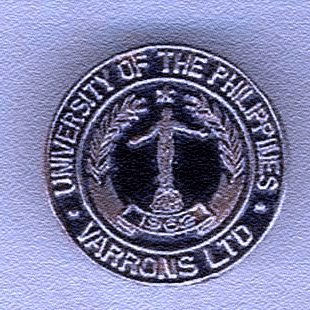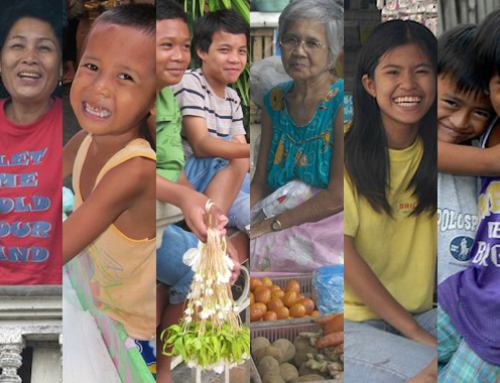Arsenio “Arsie” Ella (Apollo Twelve ’70) is a Scientist III at the Forest Products Research and Development Institute (FPRDI) of the Department of Science and Technology (DOST). He received his BS Forestry (1973) and MS Forestry (1983) from the University of the Philippines Los Baños. Arsie is married to Evangeline Salcedo who works at IRRI as a Scientist. They have three children: Areva Corazon (23, graduating this April 2009 with a DVM degree from UP Los Baños); Arrigo Nonilon (21, a BS Nutrition senior at UPLB); and Achilles Ray (20, pursuing BS in Air Transportation at PATTS College of Aeronautics in Manila).
In your career as a Forester, you have the opportunity to travel to different countries. How do you assess the forestry preservation efforts in the Philippines compared to those of other countries? Which country, and why, do you think should the Philippines emulate and use as a model to advance its preservation/conservation programs?
Preservation efforts of forests in the Philippines may not have an astounding impact and the situation is similar to other developing countries. In the Philippines, three factors impede a successful implementation of forest conservation and preservation programs. These are fast population growth, illegal logging and inefficient cooperation from people. Fast population growth further puts pressure on dwindling forest resources which is made complicated by lack of full cooperation from people. Meanwhile illegal logging is the cause of failure of any forest conservation and preservation program.
I would go for the Swedish forest policy and its gender equality policy I would say that their practice could be a role model towards optimum forest conservation in the Philippines. They have two equally important objectives, namely: the production objective and the environmental objective . In brief, this means that forests and forestland are national assets that should be used efficiently and responsibly so that they produce high sustainable yields while at the same time preserving biological diversity.
The Swedish gender equality policy has the principal aim that women and men should have the same opportunities, rights and responsibilities in all areas of life. This implies e.g., equal distribution of power and influence between men and women, the same opportunities to achieve economical independence, equal access to education and training and shared responsibilities for children. In this regard, the Philippines should emulate the Swedish forest system policy and use this as model towards forest conservation program in the country.
Your current line of research is on the utilization and preservation of resin-producing trees that are endogenous to the Philippines. Can you educate us on the importance of these crops, economics-wise and biodiversity-wise?
Some trees provide not only food but also resins. Resins have many uses and are therefore economically valuable. These are used in pharmaceutical products, in making varnish, paint, soap, plastic, linoleum, shoe polish, floor wax, ink for printers and others. Traditionally, they have also been used in caulking of boats, kindling fire, religious ceremonies as well as for medicinal purposes and as mosquito repellent. Collecting resin is a good livelihood opportunity for people in areas where resin-producing tree species abound.
Last Updated on October 12, 2016 by Tudla_Admin


















Leave A Comment